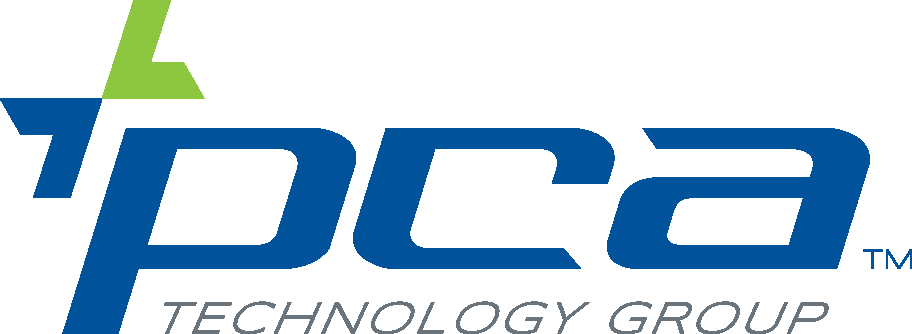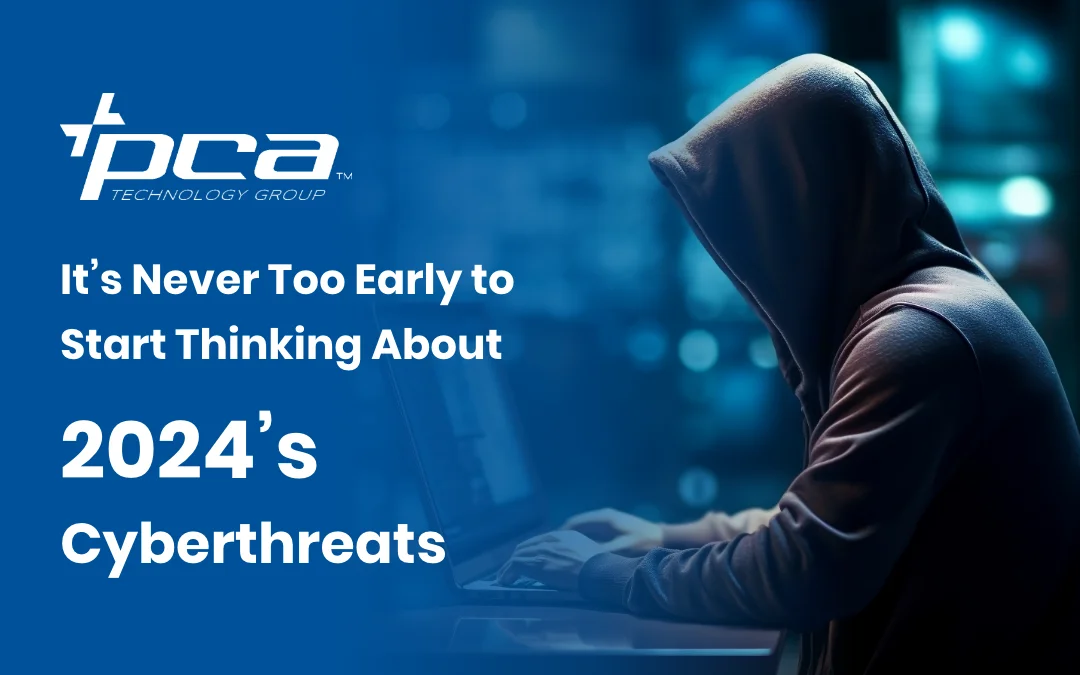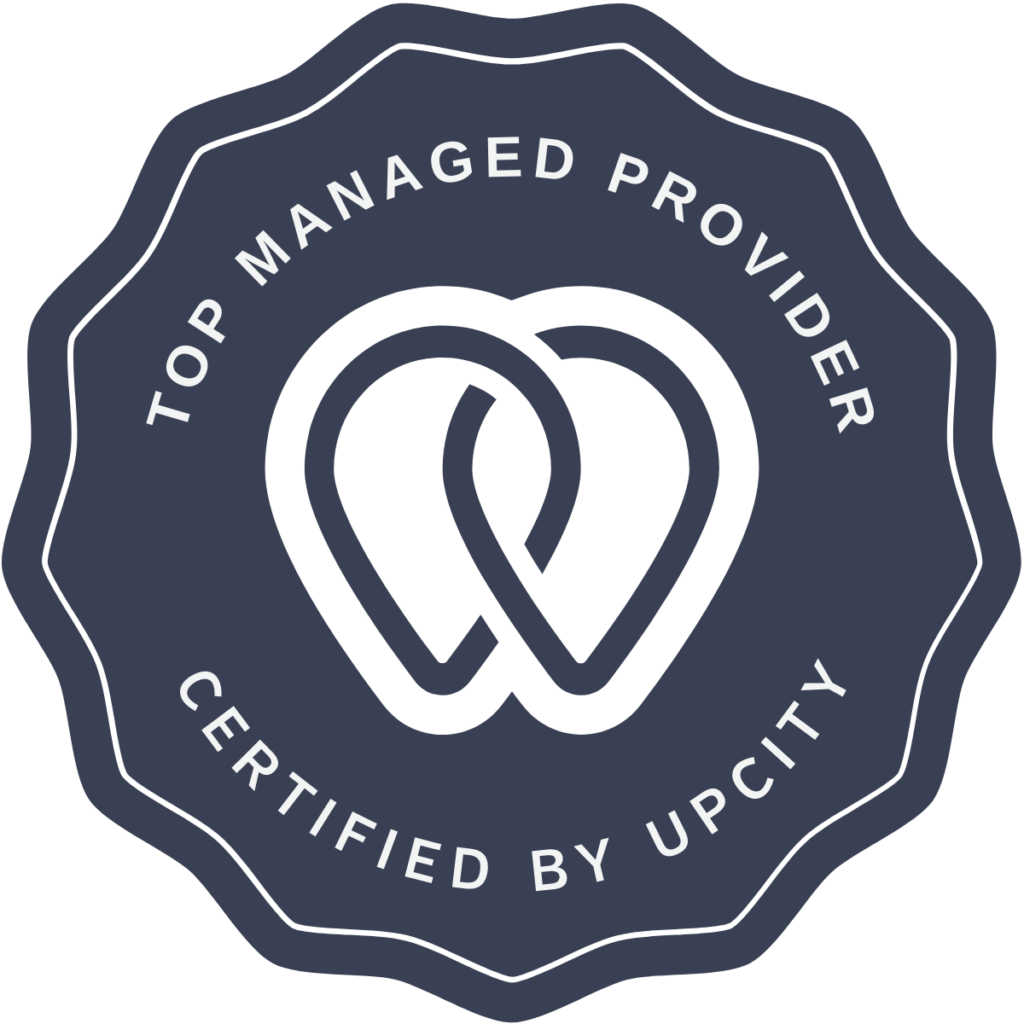Soon it will be 2024, and while the new year means new beginnings and opportunities, it unfortunately also means new cyberthreats. Cybercriminals are actively staying abreast of technological developments in an attempt to stay ahead of improvements in cybersecurity. So, it’s become more important than ever for businesses to become aware of evolving cyberthreats to help them prepare when 2024 comes around.
What cyberthreats await in 2024?
As a result of both innovations and either whole new industries or developments in old ones, the primary cyberthreats in 2024 will probably include:
Attacks on supply chain software
In recent times, cybercriminals have begun targeting businesses by exploiting the security weaknesses of vendors and suppliers. Through this indirect route, threat actors are able to deliver infected software updates or inject malicious code, causing widespread breaches.
There are multiple steps businesses can take to protect themselves from and mitigate impact supply chain attacks:
- Utilize a software bill of materials (SBOM) to maintain a comprehensive inventory of software components.
- Use application software testing tools and implement strict access controls.
- Conduct regular software updates.
- Employ multifactor authentication and data encryption to control access and prevent unauthorized reading of data.
- Maintain a backup and recovery policy to restore systems and data in case of an emergency.
- Provide employee awareness training and assess third-party vendors rigorously.
Charity scams
Amid climate disasters and global conflicts, both donors and the charitable foundations providing aid become regular targets for scammers. With 2023 marking a surge in violent conflicts of an intensity not seen since World War II, 2024 is expected to see an increase in charity-related scams, exploiting the noble desire to assist those in need.
Those seeking to make contributions should adopt the following habits:
- Verify the legitimacy of charitable organizations before making donations.
- Avoid clicking on unsolicited links or responding to unexpected emails requesting donations.
- Business owners must educate their employees about common charity scam tactics.
Artificial intelligence (AI)
Cyberattackers are improving their capacity to leverage the power of AI for malicious purposes. AI-driven cyberattacks present diverse threats, including adaptive malware, attacks on data collection and collation processes, and sophisticated deepfakes. Such threats are far more complex and may be capable of overcoming conventional cybersecurity setups.
Organizations can take the following steps to safeguard against AI-supported threats:
- Utilize AI to automatically create data and simulate attacks to better prepare for AI-driven cyberattacks.
- Incorporate AI-supported cybersecurity systems that can detect infiltrating threats more quickly than older methods.
Zero-day attacks
Zero-day exploits take advantage of software vulnerabilities unknown to vendors and antivirus solutions. These attacks are successful due to the lack of existing defenses, which makes them a severe security threat.
To combat zero-day attacks, organizations need to:
- Prioritize regular software updates.
- Implement network segmentation to create barriers within their system and slow down or prevent attackers from accessing critical data.
- Install intrusion detection systems to monitor the flow of data traffic between systems and user devices for aberrant or suspicious behavior.
- Maintain threat intelligence feeds to stay abreast of the latest cybersecurity news and information.
Advanced persistent threats (APTs)
APTs are relentless, long-term cyberattacks that target system vulnerabilities to steal valuable data or disrupt operations. Even if an organization experiences only a singular APT attack, the fact that the attack never stops and can adapt to avoid detection escalates its threat potential.
Preventing APTs necessitates proactive strategies, including:
- Continuous network monitoring to detect and keep track of APTs
- Collaborative threat intelligence sharing to spread awareness of existing and emergent APTs both within the business and throughout the industry
Attacks targeting cloud security
The transformation brought about by cloud technology also comes with cybersecurity challenges. Organizations should address vulnerabilities in cloud systems such as misconfigured permissions (when lower clearance employees have access to data and controls they shouldn’t) and API security (security regarding the mechanisms that allow different systems to interact).
Other security measures organizations should focus on to secure their cloud include:
- Ensure cloud service providers maintain robust cybersecurity policies.
- Consider adopting zero-trust architecture, wherein all access to IT systems requires strict and consistent verification and all devices have to be validated beforehand.
- Implement such access control measures as multifactor authentication.
- Perform regular security audits to test current security protocols and responsiveness.
Ransomware 2.0
While traditional ransomware encrypts data — rendering it inaccessible or unreadable to the victim, the 2.0 version first steals a copy of the data then encrypts what’s on the victim’s systems. This grants the cybercriminal more leverage, as they can threaten to leak the data publicly on top of denying access to the victim.
To protect themselves from ransomware 2.0, organizations need to adopt a proactive stance to safeguard their data, including:
- Deploying advanced endpoint protection to monitor and react to threats trying to infiltrate and infect any device that connects to the internet
- Providing comprehensive employee awareness training to help staff recognize possible delivery methods for ransomware, such as phishing attempts or social engineering
Internet of things (IoT) exploitation
IoT refers to devices that connect to the internet outside of computers, phones, or tablets. These can include any form of smart device such as household appliances, smart televisions, and even smart thermostats. Cyberattackers use the entry points to infiltrate systems, as they usually lack the robust defenses of traditional targets.
Organizations should prioritize securing operations, whether in the office or at home, implementing such methods as:
- IoT security standards to ensure any device that connects to the organization’s network is secure and regularly kept up to date
- Educate employees on the risks associated with improperly secured devices
To help prepare you and your organization for the cyberthreats of 2024, contact PCA Technology Group today.


